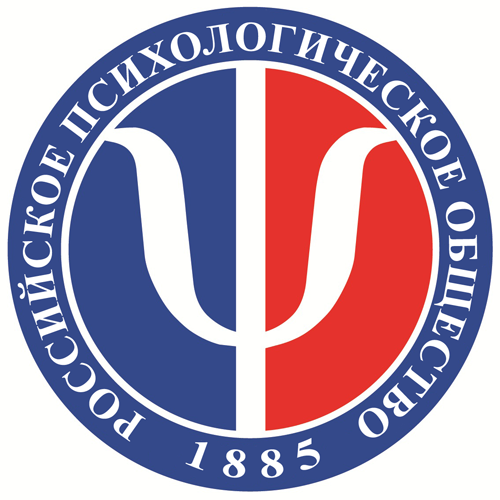ISSN: 2073-2635
eISSN: 2949-270X
eISSN: 2949-270X

Background. In Russian speech therapy, face-to-face classes with participants in the correctional process were traditional. However, due to the improvement of technical means and digitalization of communication processes in general, in recent years it has become possible to supplement the correctional process with distance learning in order to optimize the quality of work in various fields of activity, including speech therapy. Currently, remote interaction of patients, their family members and logotherapists is actively implemented as an additional type of group work at different levels of the family rehabilitation course for stuttering people of different ages. This article describes practical experience of working in a mixed format (face-to-face/online) with stuttering people. Practical recommendations on the organization of remote interaction for the participants in the correctional process are given, its various forms are described at each level of the family rehabilitation course for people suffering from stuttering.
Objectives. The purpose is to describe and systematize types and forms of remote interaction of participants in the correctional process in accordance with the levels of the family stuttering rehabilitation course. The methodological basis of the study consists of scientific and theoretical provisions on the definition of stuttering as a communicatively significant phenomenon; the concept of combining and interpenetrating techniques of speech therapy and psychocorrection in eliminating stuttering; ideas about family logopsychocorrection in the system of overcoming stuttering.
Results. This article describes such remote events as online consultations, collection of diagnostic material, consultations of logotherapists, online meetings with participants who have previously completed a family rehabilitation course, a series of control events with feedback from logotherapists, mentors, working with checklists and creating their own creative audio products, online classes at the final level of the family rehabilitation course for stuttering people.
Conclusions. The problem of organizing remote interaction of participants in family rehabilitation for the correction of stuttering is introduced and revealed. Remote interaction is organically woven into each level of the family rehabilitation course using the E.Y. Rau method, starting with preparatory (diagnostic) stage and ending with additional micro-support. The practical experience of recent years indicates that the distance format is an additional effective tool in correctional work with stuttering people of different ages. The remote format allows us to remove restrictions related to the location of course participants, as well as to optimize the function of monitoring the implementation of recommendations by logotherapists.


